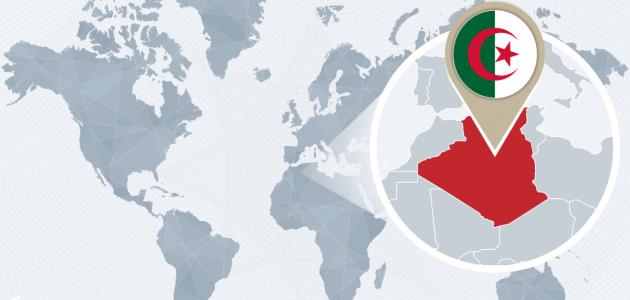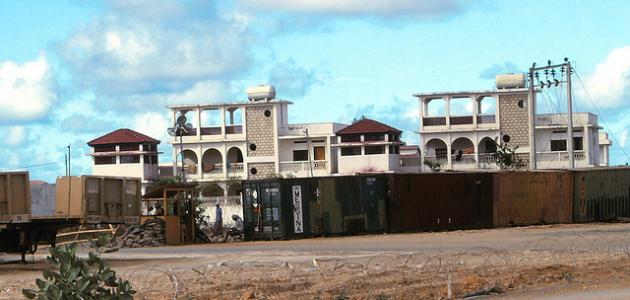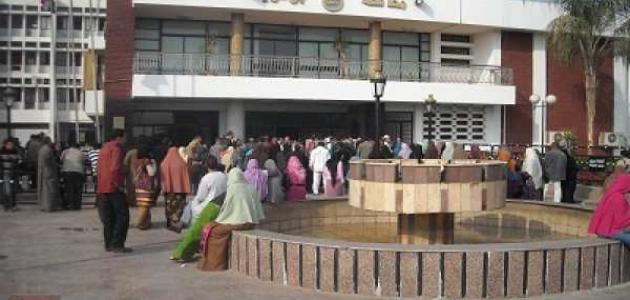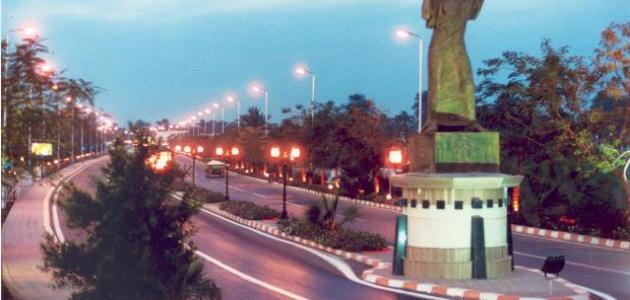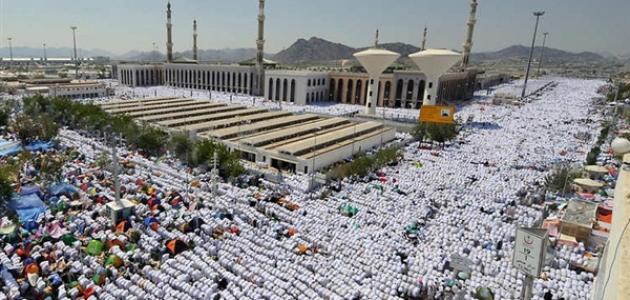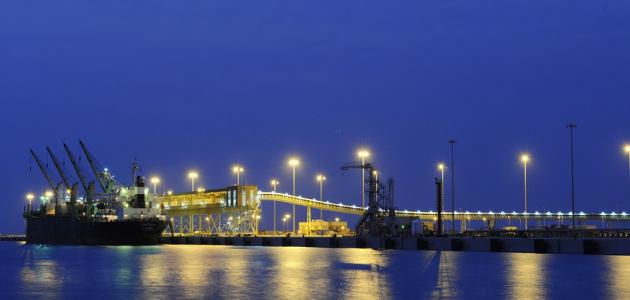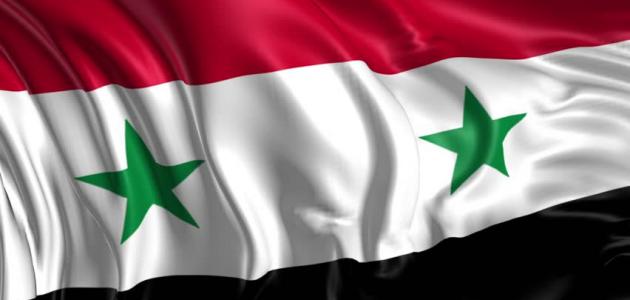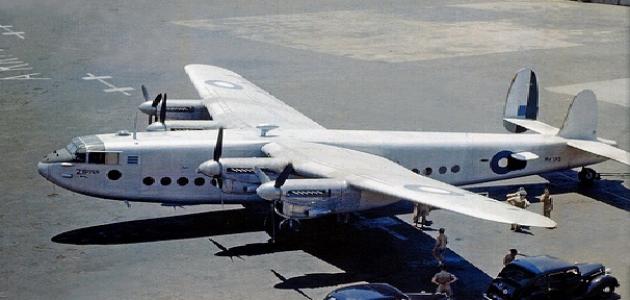About Algeria
Algeria is known as an Arab Islamic country located in North Africa, and extends from the coast of the Mediterranean Sea in the north, and extends deeply into the heart of the arid Sahara Desert in the south, where the highest temperatures were recorded on the surface of the earth there, and this desert constitutes more than four-fifths of its area, and an estimated number of Algeria's population, according to 2019 statistics, is about 43,368,990 people, and it ranks thirty-fourth in terms of population in the world.
The city of Algiers is the capital of the State of Algeria, and it is a densely populated coastal city located on the Mediterranean coast, and the heart of the capital, or the so-called old city, is surrounded by skyscrapers and apartment buildings, and Oran is the second largest city in terms of population after the capital, and it serves as a port on the sea Mediterranean, located near the border with the state of Morocco.
Algeria consists of 48 provinces, and more than 1,500 municipalities, and approximately 75% of the population lives in the urban areas of the country, and therefore there are many large cities, and the population of the capital is about 3.146 million, and Oran is the other city after the only capital that Its population exceeds one million, and some other cities include Constantine, Annaba, Blida, and Batna; Which has a combined population of less than 500,000 people.
Algeria site
Algeria is geographically located in the northwest of the continent of Africa. As for astronomically, it is located at latitude 42° 36' north, and longitude 13° 3 east, while the easternmost point in Algeria is located in the state of Illizi at longitude 00° 12' east. This region is the place where Algeria intersects with the states of Libya and Niger, and its westernmost point is located on the border separating it from Western Sahara and Morocco at 40° 8' west longitude, while its northernmost point is located in the city of Skikda at 05' 37 latitude. ° to the north, and its southernmost point is located on the border it shares with Mali in the municipality of Tin Zawatine of the state of Tamanrasset, at latitude 58 ° 18 'N.
Read also:Where is Andalusia located and what are its borders?Algeria's total area is about 2.4 million kmXNUMX2Thus, it is the largest country in the continent of Africa by area, and it shares borders with many countries. It is bordered to the north by the Mediterranean Sea, to the north-east by the state of Tunisia, with which it shares a border with a length of 965 km, and to the northwest by the state of Morocco, which has a border length of about 1,559 km, while to the southeast by the state of Niger, with which it shares a border with a length of 956 km, and to the south The western borders are the states of Mali and Mauritania, and the length of the borders with the two countries is about 1,839 km. As for the east, it is bordered by the State of Libya and shares borders with it with a length of 982 km. In addition, Algeria shares borders with the Western Sahara region with a length of 42 km.
The importance of Algeria's location
Algeria, thanks to its strategic location, represents a starting point for investment in all fields, taking into account its climate, security and stability prevailing in it. to use solar radiation; Where the duration of solar radiation over the entire Algerian territory exceeds 2,000 hours annually, and in the Sahara region it can reach 3,370 hours annually.
The northern part of the country is characterized by high solar radiation rates of 2,650 kilowatt-hours per square meter. In 2016, the total installed solar energy in the country amounted to more than 240 megawatts. The country also seeks, within the framework of the national development plan for renewable energy, to stabilize the generation capacity of renewable energy. To reach 22 gigawatts by 2030 AD, when the proportion of solar energy at that time will represent about 60% of the maximum production capacity, so it is expected that the demand for solar energy will increase during that period.
Read also:Where is Ras Tanura located?Geography of Algeria
Algeria consists of three main geographical regions, each with its own climate; They are: the largest part represented by the Sahara Desert, the fertile coastal plains located on the Mediterranean coast in the north, which extend to the Atlas Mountains, and the high plateaus in the south; Which are undulating plains that extend for more than 600 km, while Mount Tahat is the highest point in the country, and the salt lake of Shatt Melghegh is the lowest point in the country, and although its size varies throughout the year, it is the largest lake in Algeria; It has a maximum area of about 6,700 km2.
Algeria's climate
The Mediterranean climate prevails in northern Algeria; That is, it is hot in summer and mild in winter, and it can be very rainy. As for the south, there is a climate that is hot in summer and cold in winter, and there is little rain in the areas of the high plains extending south of the Atlas Mountains. The temperature reaches more than 80 degrees Celsius, and in winter the temperatures are moderate during the day and low at night.
Algeria's natural resources
Algeria enjoys abundant natural resources including oil, iron, and others. It is a member of OPEC, and it ranks sixteenth in possessing oil reserves in the world. It also contains one-tenth of the world’s proven reserves of natural gas, in addition to being the sixth largest gas exporting country. Also in its territory is the third largest reserve of shale gas, and the following are the most important natural resources in the State of Algeria:
Read also:Where is Andalusia located and what are its borders?- Oil and natural gas: Algeria produces about 1.1 million barrels of oil per day and it is extracted from the oil fields in Aghila and Hassi Messaoud, while there are natural gas fields all over the country, where gas reserves are estimated at about 2.9 trillion cubic feet, and despite the consumption of large quantities of gas locally, There are many unused fields.
- Gold and Mercury: Algeria is rich in gold and mercury, as it is one of the largest producers of mercury, as it produces 25% of the mercury used in the world, which is mainly found in the estate, and depending on the price of mercury in the global markets, the amount of its production is determined, while the gold stock is mainly located in the region near the Atlas Mountains and most of it is still undiscovered.
- helium: Algeria owns about 21% of the world's helium reserves, as it is the second largest producing country after the United States, as it is mainly extracted from the natural gas produced in the country, but its investment rate is low due to the low return on investment, and helium has several uses in many sectors. Such as medicine, space, the army, and scientific laboratories.
- Iron: Algeria has large stocks of iron ore, especially in the southwest of the country, where its production during the seventies amounted to 4.2 million tons annually, and it is used locally in the metal industry in addition to exporting it.
- water: The coastal region, along with the Mediterranean Sea, supports the fishing industry, which provides food for the country to a large extent, in addition to revenues from fish exports, so fishing is a growing industry capable of stimulating economic growth.
- the soil: The proportion of arable land constitutes only 3.4% of the total area of the country, with an area of 8.2 million hectares, and this is due to the vast desert that extends across the southern part of it and is not available for cultivation.
- Biodiversity: The natural and agricultural biological diversity is very rich in Algeria, as there are approximately 16,000 known species, while the marine diversity is 3,183 species between 720 genera and 655 families, and as for the diversity of marine plants, it is estimated at 713 species and more than 4,150 species of plants that live on the coast. and carrots.
- solar energy: Due to its geographical location in the solar belt, Algeria is blessed with an abundance of solar energy, which gives it the opportunity to benefit from this energy effectively, promote a clean environment, and develop renewable energy systems technology in the region, and for this reason it is one of the largest markets for solar energy in Africa, despite its great role in global energy markets as a major producer and exporter of natural gas and liquefied natural gas; However, it has huge potential in the field of renewable energy, especially solar energy.
